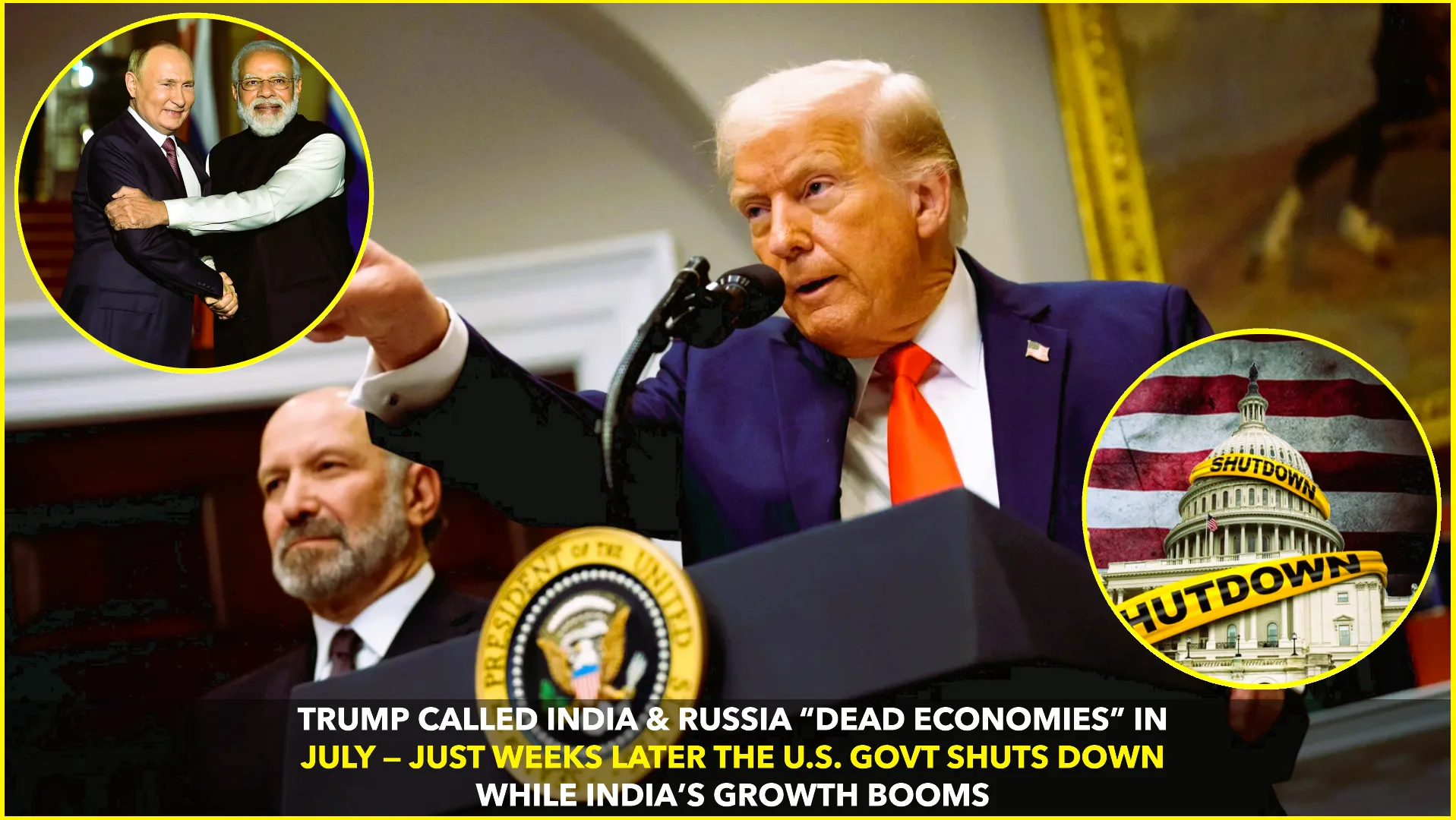On August 11, 2025, China publicly refuted President Trump’s implication that the United States holds overwhelming sway over global trade, pointing out that the U.S. accounts for only 17% of world trade—a share too limited to dominate others Facebook. This challenge comes amid escalating trade tensions, heightened tariffs, and volatile negotiations.
China’s Claim: A Modest U.S. Share
The number—17%—serves as a reminder that while the U.S. is a major player, its influence is not all-encompassing. This framing suggests that countries may be diminishing U.S. leverage in global commerce, especially as supply chains evolve with growing reliance on regional partnerships and diversified sourcing.
Critics: Is 17% Undervaluing U.S. Clout?
Skeptics argue that 17% understates America’s true economic power. They point out that U.S. consumption patterns, control over critical technology, strong financial markets, and the dollar’s role as the world’s primary reserve currency all enhance its trade clout beyond raw trade share WikipediaAtlantic CouncilFinancial Times.
Broader Context: Rising Multipolarity in Trade
China’s pushback also reflects a growing multipolar reality in world trade. The evolution away from U.S.-centric structures is clear: other major players like the EU, emerging markets, and regional blocs are gaining traction. Recent analysis stresses global trade’s adaptability—even if the U.S. pulls back, other nations adjust and replace corridors effectively Financial Times.
Trump’s Strategy: Leverage or Limitation?
Under Trump’s administration (second term, 2025–present), the U.S. has ramped up tariffs—20% on Chinese imports, 25% on automobiles, steel and aluminum, and more—sparking aggressive retaliation from Beijing WikipediaThe Budget Lab at Yale. Critics argue this “tariff-first” posture lacks nuance—“stick” without “carrot”—and doesn’t advance U.S. interests or credibility Financial Times+1.
Shifting Power Dynamics Unveiled
Overall, China’s rebuttal highlights shifting dynamics: U.S. market access may remain valuable, but its monopolistic grip is loosening. Observers note that even countries deeply reliant on U.S. markets—Australia, India, Brazil, Germany—could adapt if blocked, emphasizing U.S. limitations in enforcing its agenda Financial Times.
At stake is more than policy—it’s narrative. By framing the U.S. as less dominant, China signals growing confidence and strategic realignment in global trade.
What This Means Going Forward
- Narrative Shift: China is rebuffing U.S. economic intimidation by insisting America doesn’t dominate trade as much as claimed.
- Strategic Implications: A smaller U.S. footprint may embolden trade blocs and partnerships that sidestep American influence.
- Policy Recalibration: If critics like Rumail argue correctly, U.S. trade tools (tariffs, dollar leverage) may need reinforcement or strategic overhaul.
- Global Adaptation: Markets and nations continue to adjust—global trade doesn’t stall under pressure; it evolves.
This evolving tug-of-war reflects broader economic realignments—American might still matters, but it’s no longer the solo act on the global trade stage.










